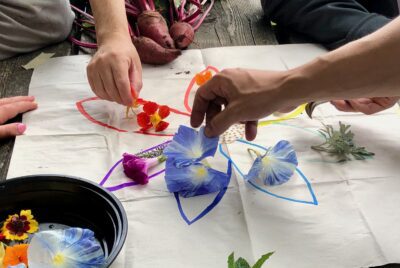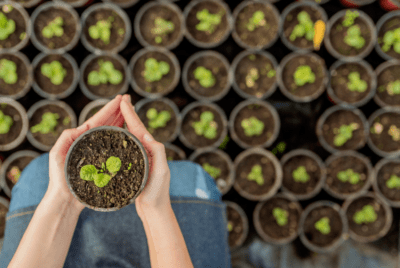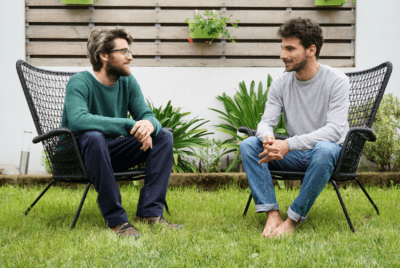RESEARCH
Exploring The Use Of Architectural Elements To Promote Wellbeing Via Social Interaction In Centers For Autistic Children
Summary
This study explored how thoughtful building design can help children with autism feel more comfortable and connected with others in their learning environments. Using case studies of autism centers in Nigeria, the researchers examined how features like gardens, open spaces, quiet rooms, and wayfinding signs (like pictures and symbols) can support both social interaction and emotional well-being. The team also reviewed international examples from Australia and the UK to compare best practices. The aim was to show how architecture can play a powerful role in supporting the unique needs of autistic children.
The study found that many autism centers lacked clear signs, calming sensory rooms, and natural elements like plants or gardens. This made it harder for children to relax, find their way, or engage with others. In contrast, schools that included things like sensory gardens, soft lighting, and quiet areas helped children feel safer and more open to social interaction. The authors recommend designing autism-friendly centers with clear layouts, nature-based features, and sensory-friendly spaces to help children thrive emotionally and socially.







